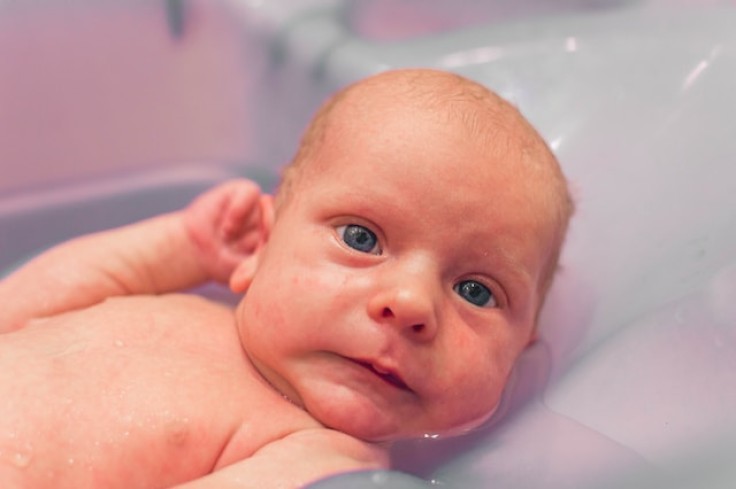
Cradle cap, a common skin condition in babies, often presents as crusty or oily, scaly patches on a newborn's scalp. While it's not painful or itchy, it can be concerning for parents. One effective remedy that has gained popularity among parents for its gentle and effective treatment is Aquaphor. Here's a detailed guide to using Aquaphor for treating cradle caps.
Understanding Cradle Cap
Cradle cap, medically known as infantile seborrheic dermatitis, typically appears in the first few months of life. It's characterized by flaky, dandruff-like scales and can sometimes appear on the face, ears, and neck. The exact cause of the cradle cap is unknown, but it's thought to be linked to hormonal changes that cause overproduction of oil (sebum) in the skin glands and hair follicles.
Why Choose Aquaphor?
Aquaphor is a petroleum-based ointment known for its skin-healing and protective qualities. It is hypoallergenic and free of fragrances, preservatives, and dyes, making it suitable for a baby's sensitive skin. Aquaphor acts as an emollient that helps to moisturize and soothe dry skin. Its gentle formula makes it an ideal choice for treating cradle caps, which often requires a mild yet effective approach.
How to Use Aquaphor for Cradle Cap
- Gentle Application:
- Apply a small amount of Aquaphor directly to the affected areas of your baby's scalp. The ointment doesn't need to be rubbed in; a light coating on the surface is sufficient.
- Let it Soak:
- Allow the Aquaphor to sit on the scalp for a few minutes to several hours. It helps soften the scales, making them easier to remove.
- Soft Brushing:
- After the Aquaphor has had time to soften the scales, use a soft-bristled baby brush or a fine-toothed comb to gently brush the scalp and loosen the flakes. Be gentle to avoid irritating the skin.
- Washing the Hair:
- Following the brushing, wash your baby's hair with a mild baby shampoo. It helps in removing loosened scales and excess ointment.
- Repeat as Needed:
- Depending on the severity of the cradle cap, this process may need to be repeated several times. Consistency is key to effectively managing and eliminating the scales.
Precautions and Tips
- Patch Test:
- Before applying Aquaphor to the affected area, do a patch test on a small area of the skin to ensure there's no allergic reaction.
- Avoid Overwashing:
- Overwashing can strip away natural oils, exacerbating the condition. Limit shampooing your baby's hair to a few times a week.
- Consult a Pediatrician:
- If there's no improvement or if the cradle cap appears to be spreading or getting worse, consult a healthcare professional for advice.
- Avoid Picking at the Scales:
- Resist the urge to pick at the scales, as this can lead to skin irritation or infection.
Cradle cap is a common, harmless condition in babies, but it can be distressing for parents. Aquaphor offers a safe and effective treatment method, thanks to its gentle, moisturizing properties.
By incorporating Aquaphor into your baby's skincare routine, you can help alleviate the symptoms of cradle cap, ensuring your baby's scalp remains healthy and comfortable. Remember, patience and gentle care are key to effectively managing this condition.
Related Article: TikTok Mom Cites the Health Benefits of Not Bathing Her Newborn Baby for One Month